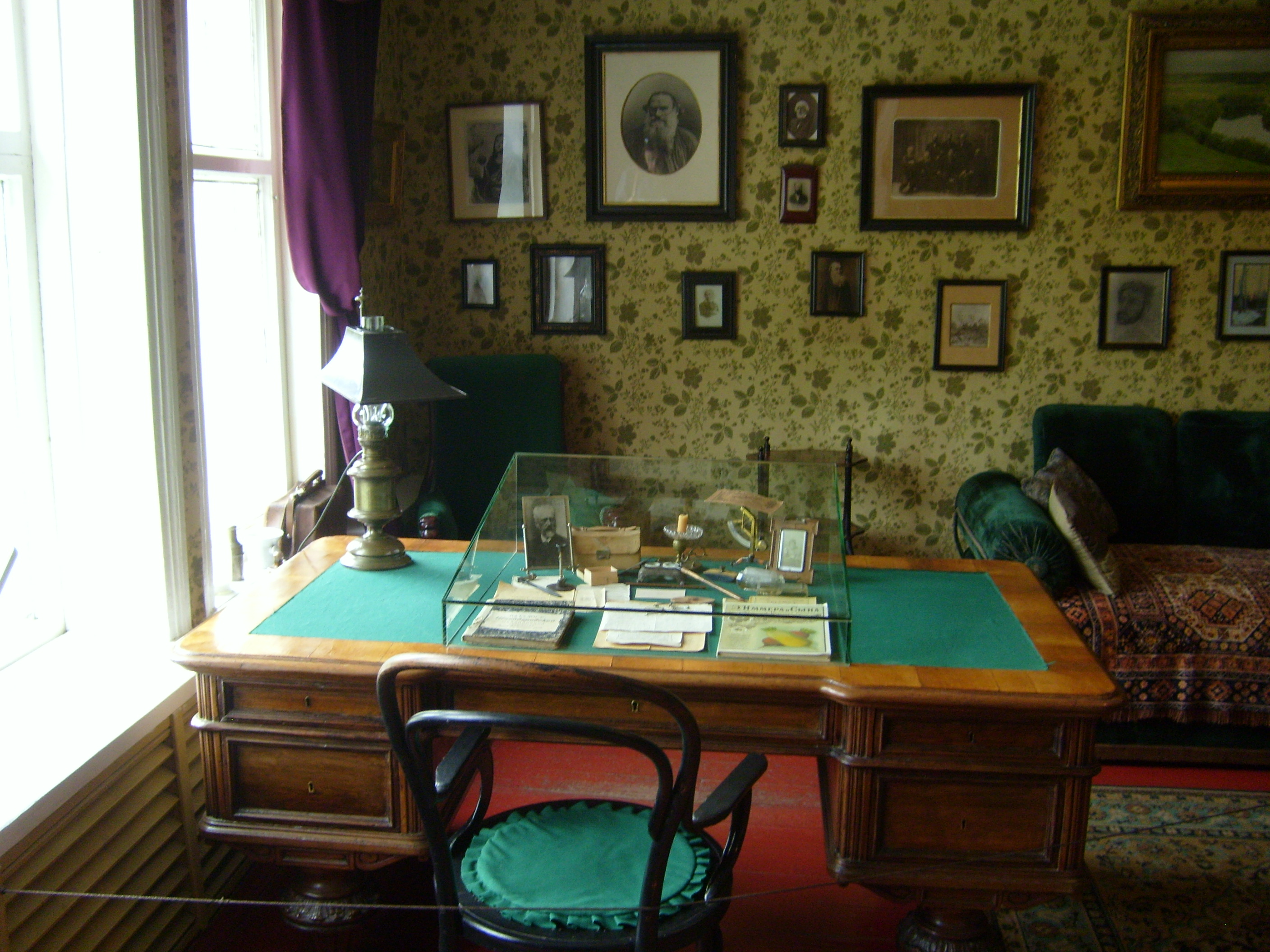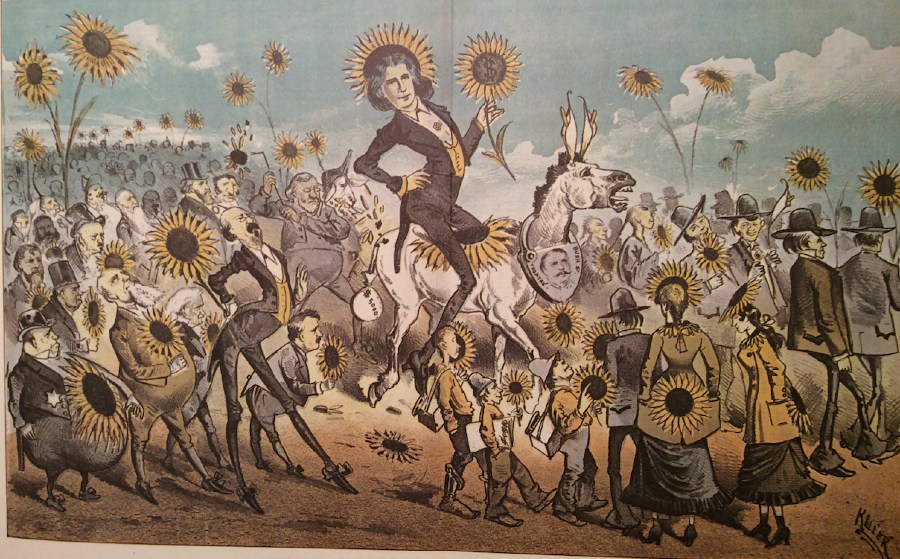 |
| Inside The Venetian Casino, Macau. Photo: jgmarcelino [CC BY 2.0] via Flickr. |
 Invisible Cities by Italo Calvino
Invisible Cities by Italo CalvinoMy rating: 3 of 5 stars
In How to Read and Why, Harold Bloom writes that Invisible Cities is worthy of being read and re-read, and is one of the best short story works of the twentieth century by the "fabulist" Italo Calvino. Bloom suggests that Calvino is Borgesian and Kafkan.
The connecting thread is a conversation between Marco Polo and Kublai Khan, with Polo describing the cities he has visited, so the Great Khan can know better his crumbling empire. Bloom says of Calvino's wisdom (a recurring compliment from the great critic) that:
Calvino's advice tells us again how to read and why: be vigilant, apprehend and recognise the possibility of the good, help it to endure, give it space in your life.
The cities described are apparently all versions of Venice, with Kublai Khan later recognising this and trying to describe instead the cities to Polo. An endless chess game becomes a vehicle to describe the cities using the pieces and the board as metaphors.
A "fabulist" is "a person who composes or relates fables". What I found most interesting about these (at times) very short stories is the way they are arranged (or scattered, as Bloom writes) around themes of thin cities, trading cities, dead cities, the sky, even fanciful cities such as Brave New World and Yahooland.
Within the descriptions, there are numerous anachronisms: motorcycles, aircraft, steamships, and so on. But these never interrupt the reader and provide a connection with the present. The combination of fanciful and mystical characters who appear in the cities (for example, a woman who milks the carcass of a cow) are echoed in Gabriel García Márquez's work, but there is a difference.
Márquez was regarded as a "magical realist", whereas Calvino's Invisible Cities is less realist and more like a series of fairy tales. I noticed myself drifting off into fantasy with the mystical imagery and the slipperiness of time; not in the J.R.R. Tolkien sense of fantasy, but an older, classical, Brothers Grimm-like fantasy land that repeatedly connects the past with the present and indeed the future.
This work is more serious in tone than Palomar or Marcovaldo, but it still has their mystical qualities. I must admit to experiencing a sense of peace while reading this work, and although some aspects have a darker quality, I couldn't help but think of Don Draper's pitch for Lucky Strike in Mad Men:
Advertising is based on one thing, happiness, its reassurance that whatever you are doing, it’s OK, you are OK.
Of course, Bloom (How to Read and Why, pp. 62-64) has more academic things to say about Calvino, but for me, one actually experiences his stories.
In trying to articulate Calvino's style more clearly, I turned to the Cambridge Companion to the Italian Novel and found that Calvino is described as a "post-modernist", and that Le città invisibili has (p. 174):
...closer affinities to the allegory of the Middle Ages than to the realist novel.
An allegory is a story:
...that can be interpreted to reveal a hidden meaning, typically a moral or political one.
I suppose this is what Harold Bloom means by the lessons we can learn from Calvino's wisdom. But even as an aside to read intermittently, the mystical qualities of the short stories provide sufficient space from reality for the reader to rejuvenate, to think, to imagine, and to dream; even just for a moment.
This mystical quality is what I admire most about Calvino, and I am pleased to have stumbled upon Marcovaldo in a Shanghai bookstore a few years ago that led me to take this journey with the great post-modern Italian master.
View all my reviews
 Donate
Donate




.jpg)

























